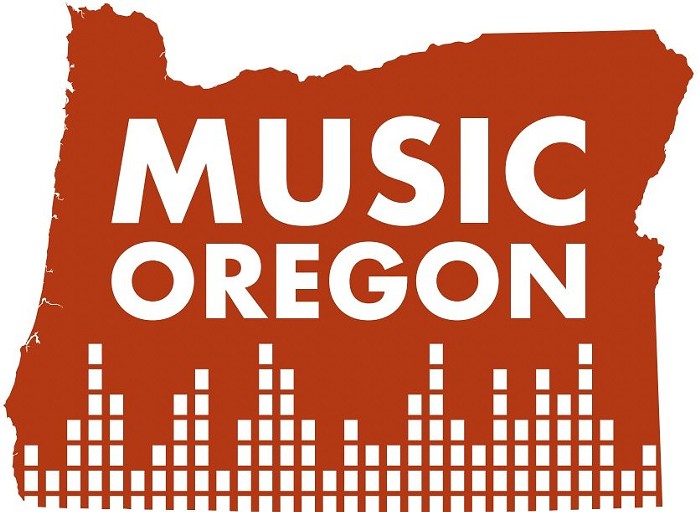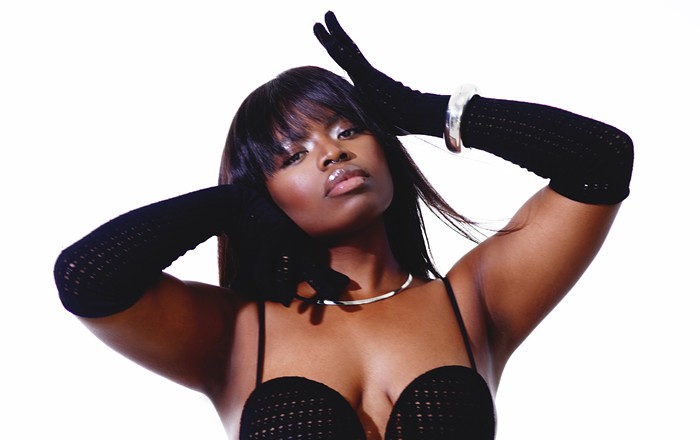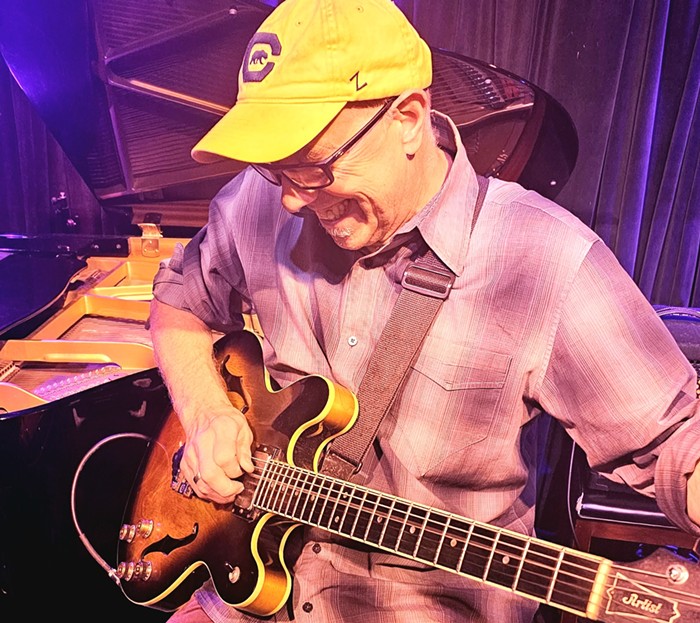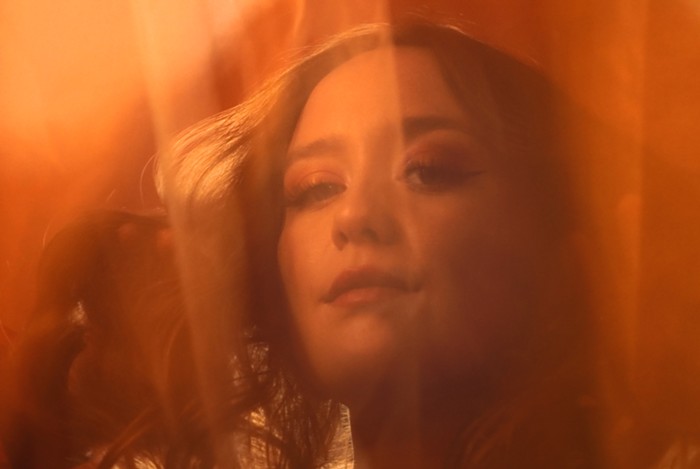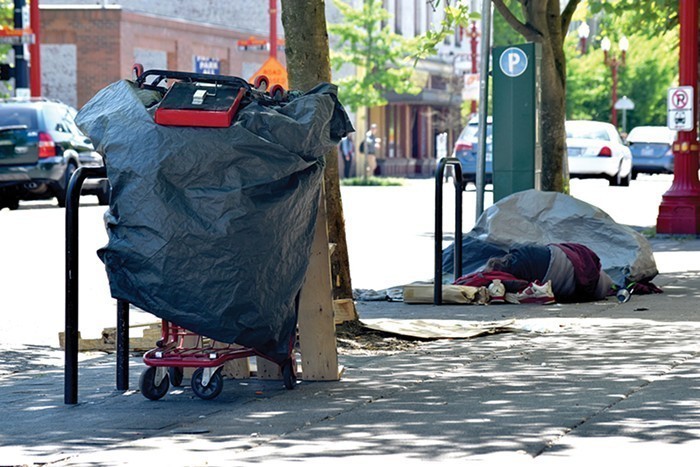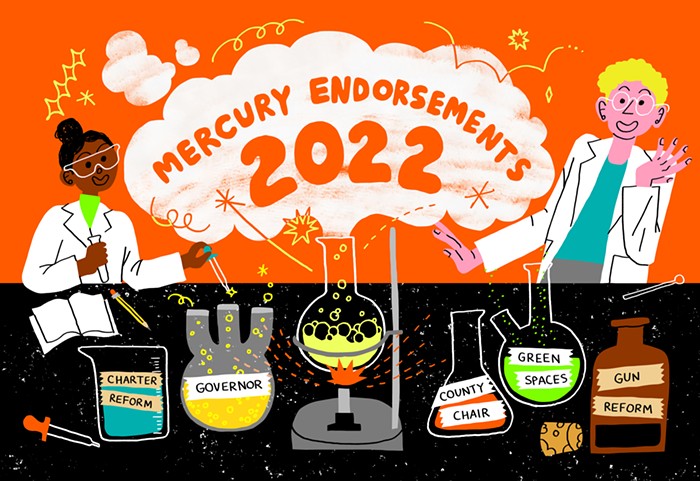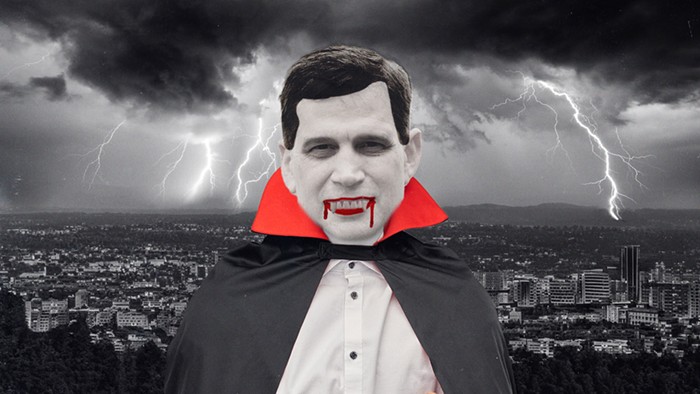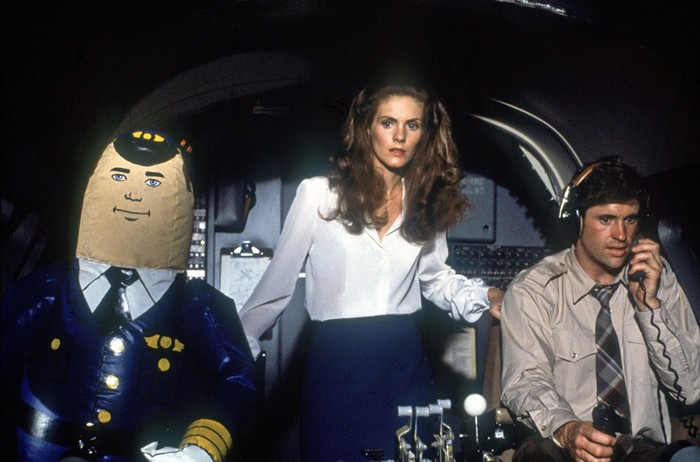No matter what you think of his music, give Dallas Cotton credit for this: His alter ego—fresh-faced future funk producer Yung Bae—has a clear and consistent aesthetic.
His new album is called Bae 5, and follows B4E, BA3, BAE 2, and his 2014 debut, Bae. Each project features cover art that hovers somewhere near the nexus of Japanese anime, gleaming Miami Vice pastels, sunsets on the beach, clean-cut suburban vibes, and a faded style of nostalgia that particularly appeals to people who didn’t experience the ’80s the first time around—and it’s not going anywhere anytime soon.
“I’m fully committed to a lot of that ’70s- and ’80s- style branding that comes off as corny to anyone else who would see it,” says Cotton, 25, in a recent phone interview. “I label it as corny for the masses, but I genuinely love that stuff. I think it’s amazing.”
Yung Bae’s look wasn’t necessarily planned. “We just kind of fell into it,” Cotton says. But as hip-hop has become flooded with MCs using Yung as a handle, it has become a helpful differentiator for people trying to figure out what the buzz is all about.
“At this point, I just own it,” Cotton says. “People will see it online and be like, ‘Wow, this guy’s not a rapper. This Yung Bae guy looks like he’s on his first day of school in every picture. Okay.’ And we’re just rolling with it now.”
“Rolling with it” is a pretty good descriptor for Cotton’s approach to Yung Bae in general. Born and raised in Portland, he had just dropped out of Oregon State University when someone showed him how to use Ableton, a popular software for music production. Cotton picked it up quickly, despite having very little musical training.
“When I was 12 or 13, I took piano lessons briefly, but I thought it was the dumbest thing ever, so I quit,” he says. “I still regret that.”
He did, however, grow up in a home where music was valued. His parents were fans of easygoing ’70s rock ’n’ roll like the Doobie Brothers and Steely Dan, and by the time Cotton could go to a record store, he was drawn to the bargain bins.
“I’d look for the most obscure records that nobody wanted,” he says, “and then those were the ones I ended up sampling and becoming the popular ones.”
Working first from his parents’ basement in Tigard, and then an apartment in downtown Portland, Cotton took his disparate interests—yacht rock, hip-hop, obscure samples, and the breezy, backward-looking form of electronic music known as vaporwave—and began forming them into a sound of his own. Soon, Yung Bae became known as part of a new microgenre called “future funk”—a more upbeat, rhythm-driven take on vaporwave that’s deeply indebted to vintage funk and disco.
“I pretty much never left [my home] and just worked on music 24/7,” Cotton says. “This was right when I was really starting to understand hip-hop and [sampling]. I just found it super fascinating the way they manipulated samples and gave it their own touch and spin, so that hooked me immediately.”
When Cotton posted Bae to Bandcamp in 2014, it got a “ton of traction,” he says, though to this day he still doesn’t know why or how. By 2016, he was getting offers to perform live, even though he had never even played out in Portland.
“I always wanted to, but I never understood DJing or what went into that,” he says. “So that was another cool thing to learn and get into.”
Even now, Cotton has done only two local shows, with his third and fourth happening this weekend at Holocene. But he did spend most of October and the first part of November touring around the country to promote Bae 5, which is currently listed among the best-selling future funk releases on Bandcamp.
In a way, Bae 5 feels like the next evolution of Yung Bae’s sound. It’s sturdier and punchier than his previous work, no doubt a result of his decision to take a step back from samples this time around. Instead, Cotton estimates Bae 5 is split 50/50 between sampled tracks and live music played in the studio.
One track, “Start from Nothing,” was composed in Cotton’s apartment, but recorded by a full orchestra and a live band, he says. Another, “Up All Night,” features the vocals of an actual children’s choir.
“That’s something I’ve wanted to do for years. I’ve always written out all these different tracks and then played them with [digital] instruments and it would sound super fake or really tacky,” he says. “Here, we wanted that live aspect—to take it up a notch and make it as real as it could possibly sound, like it came out of a studio in the ’70s or something.”
Live instruments? Real sounds? Even as Cotton sticks with his visual aesthetic, it’s clear that, musically, he’s wary of staying in one lane for too long.
“We try to keep it different here, otherwise it’s too boring,” he says. “Can’t be making the same drops as everybody else.”

